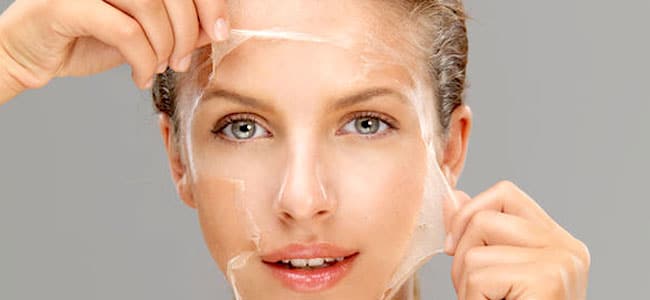CHEMICALS PILIGKS
Chemical peeling is the application of one or more chemical exfoliating agents to the skin with the aim of either treating some skin diseases or improving the aesthetics of the skin. The result is the removal of the outer layers of the epidermis or the dermis, resulting in the regeneration of the skin, and in the long term, after repeated sessions, the fibroblasts of the skin are activated for the production of collagen-elastin, increasing the thickness of the skin and improving its texture skin which significantly contribute to antiaging
They are used in conditions such as solar elastosis, melasma, post-inflammatory hyperpigmentation, actinic hyperkeratosis as well as for the improvement of superficial scars. But apart from skin diseases, peelings are also used for aesthetic anti-aging reasons, as with peelings the quality of the skin is significantly improved and the fine wrinkles of the face are smoothed, achieving long-lasting aesthetic benefits.
Superficially Peelings: They help improve the appearance of skin texture in problems such as fine lines-wrinkles, mild acne scars, "age spots" (brown spots, perhaps from sun exposure) as well as helping to balance pigmentation inhomogeneity of the face.
They are the most common types of peeling and contain some type of hydroxy acid, with exfoliating properties. Different types of hydroxy acids are available in this market. These include alpha hydroxy acids such as natural lactic acid and tartaric acid. Salicylic acid, is a beta hydroxy acid, and is unique among hydroxy acids in that it can penetrate deeper into the sebaceous glands and cause exfoliation even in the oily areas of the face. For this reason, it has been used for years by dermatologists to treat acne in people with very oily skin. Glycolic Acid: in various concentrations (10%-90%) and different pH levels (acidity levels). Sometimes combinations of different hydroxy acids are used. Reduced intensity TCApeeling (Trichloroacetic acid) can also be used to induce superficial exfoliation.
Medium Peelings:
They reduce fine lines, acne scars, and some pigmentation problems. These include the use of stronger peels. The most common of these is TCA which is usually used in a concentration of 25-35% to avoid possible side effects. Deep Peelings: They reduce the appearance of deeper lines, wrinkles and scars. These are generally applied using phenol or TCA 40%. While more penetrating peels can be very effective for some, we don't prefer them because they cause a lot of irritation leading to a long recovery time and there are potential complications associated with the procedure.
In which cases can peels not help?
You should know that chemical peels do not change skin pores, do not treat "bags", do not restore sagging and sagging skin (not related to various lifting applications) and do not treat deep acne or chicken pox scars . They also do not treat facial varicose veins (redness from dilated blood vessels)

